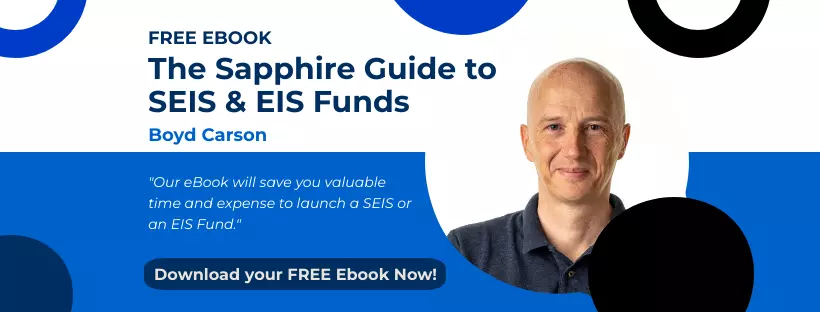Diversification allows investors to spread the risk across different companies while maintaining the same return. For individuals interested in the tax relief generated from supporting early-stage companies, here are two options to consider: Enterprise Investment Scheme (EIS) Funds and Venture Capital Trusts (VCT).
VCTsThese are traded on an established exchange and they aim to invest in early-stage companies that need financing. Due to the high risk of their underlying investee companies, and because such investees companies also create jobs, the government offers special incentives to investors like tax relief, tax-free dividends, among others.
As positive aspects, VCTs offer diversification and tax relief of 30% for a maximum investment of up to £200,000 per tax year. However, the tax relief applies to newly purchased shares, not shares purchased from other market participants. In addition, the investor in a VCT is only purchasing the shares of the trust, which is not linked to the monetary value of the shares of the companies the trusts invest in.
Being traded on an exchange, there is the possibility of selling the shares to someone else in the secondary market, which allows for more flexibility, even if this investment vehicle is fairly illiquid. The capital gain tax is zero, as long as the investors hold the shares for the minimum required holding period of five years. Moreover, it is common for VCTs to pay dividends that are tax-free, which appeals to people interested in receiving a stable cash flow.
VCTs however have negative aspects. The minimum holding period is five years, much longer compared to the three years of an EIS fund. Therefore, this will not appeal to investors that want to benefit from the tax relief benefits quickly. Moreover, in case of losses, there is no loss relief, compared to the EIS fund. Finally, investors in newly issued shares cannot carry back their tax relief to the previous tax year and their payoff, at the end of the holding period, is subject to management fees and charges.
EIS Funds
These allow individuals to invest in a diversified basket of high-growth start-ups while maintaining the tax relief benefits.
As for advantages, the EIS funds offer 30% tax relief to an individual for investments of up to £1,000,000 in a tax year for newly issued shares, which is higher than the maximum amount of £200,000 for VCTs. There is also the situation when the individual can invest up to £2,000,000 if a minimum of £1,000,000 is invested in knowledge-intensive companies. This tax relief can later be carried back to the previous tax year, but following some guidelines and according to each person’s circumstances.
Contrary to VCTs, in the EIS funds, the investor is purchasing shares in companies that the fund is invested in, and have a direct monetary value. Moreover, the capital gains tax at exit is zero, just like in the case of VCTs. One advantage of EIS funds over VCTs is the loss relief, in case an investee company goes bankrupt. The loss relief allows the investor to recoup some of the losses and to offset other capital gains.
The negative aspect of EIS funds is that they do not normally pay dividends, and if they are paid, they are subject to tax, which might not appeal to the investors that want a predictable cash flow.
These two investment vehicles captivate different types of investors: EIS funds are more suitable for people who seek tax and loss relief after a shorter period of time, while VCTs are benefiting those who seek tax-free dividends but are willing to forgo loss relief.
Sources:
https://www.gov.uk/guidance/venture-capital-schemes-tax-relief-for-investors
|
|
EIS Funds |
VCTs |
|
Minimum holding period |
3 years |
5 years |
|
Income tax relief |
30% |
30% |
|
Maximum investment amount |
£1,000,000 or £2,000,000 if a minimum of £1,000,000 is invested in knowledge-intensive companies |
£200,000 |
|
Can the tax relief be carried back to the previous tax year? |
Yes |
No |
|
Capital Gains tax |
0% |
0% |
|
Loss relief |
Yes |
No |
|
Tax-free dividends |
No |
Yes |




